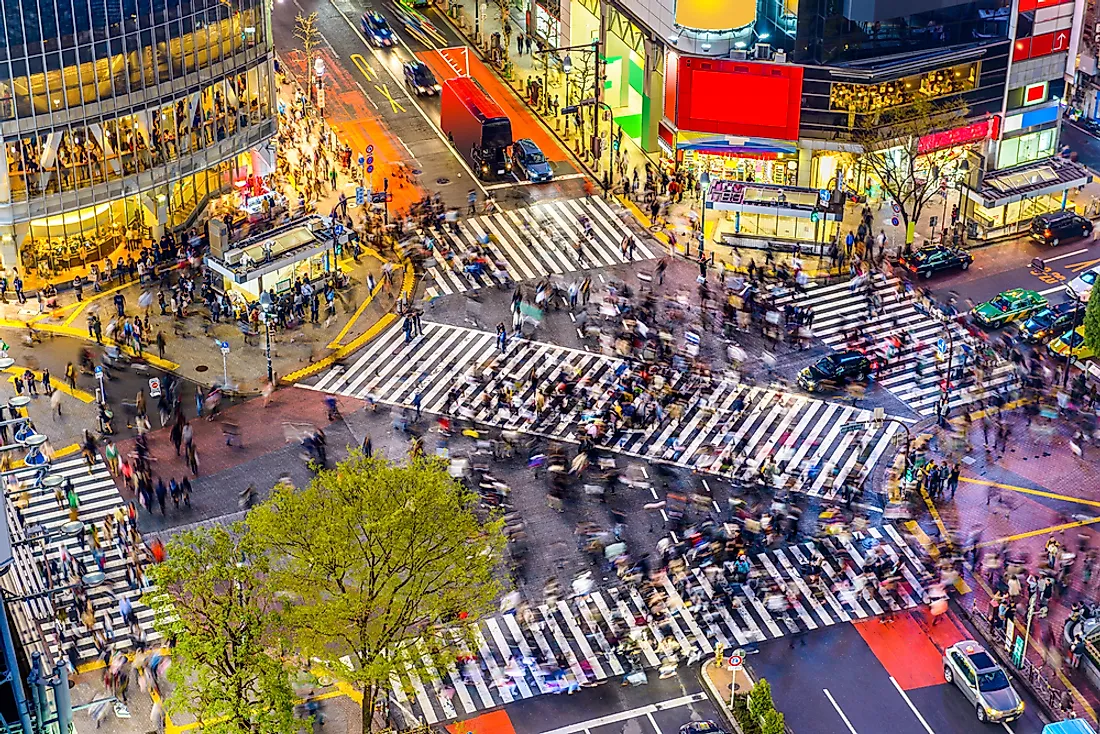What Is The Capital Of Japan?

Tokyo is the capital city of Japan, a title the city has held since 1868 after it was renamed from Edo. Historically, the city became the country’s capital after the then Emperor established his seat of authority in the city. The first capital city in Japan’s history was Kashiwabara established during the reign of Japan’s first emperor, Emperor Jimmu. Over the course of its long history, Japan has had numerous cities serving as its capital.
Nagaoka-Kyo (784-794)
Nagaoka-Kyo was established as the capital city of Japan in 784 after Emperor Kanmu transferred the seat of government from Heijo (present-day Nara). The reason behind the Emperor’s preference of Nagaoka-Kyo was due to the presence of rivers which would provide excellent water transportation. However, these rivers were the cause of the city’s downfall as they frequently flooded and spread waterborne diseases to the residents, ultimately forcing the Emperor to move the capital to Heian-Kyo in 794.
Kyoto (794-1868)
Originally known as Heian-Kyo, Kyoto was Japan’s capital city for more than a millennium. Kyoto gained its capital city status in 794 after Emperor Kanmu moved the seat of government from Nagaoka-Kyo to the city. The Emperor modeled Kyoto after the ancient Chinese city Chang’an with the city being properly planned with wide streets (some being over 78 feet wide). Two artificial canals were dug which provided the residents with steady water supply and also guarded the city against floods. Over the centuries, Heian-Kyo was plagued by fires and was almost burnt to the ground during the 1467-1477 Onin War. The rise of the Tokugawa shogunate in the early 17th century ultimately saw the seat of government being transferred to Edo in 1608. However, Kyoto remained as the formal capital city until Edo was renamed Tokyo in 1868.
Edo (1608-1868)
Edo was the seat of government during the feudal military reign of Tokugawa clan and therefore the Japanese de facto capital between 1608 and 1868. The Tokugawa had constructed the Edo Castle in the city which was the official residence of the “shogun.” Edo city was developed around the castle and quickly grew from a humble fishing village to become the largest urban center in the world in the 18th century. The Tokugawa shogunate was quite efficient in the administration and planning of the city as it established administrators who acted as judges in criminal and civil disputes and also established a city fire department. The Fire Department was critical as Edo had been plagued by numerous catastrophic fires including the 1657 Great Fire of Meireki where an estimated 100,000 people lost their lives. While Edo was the center of political power and de facto capital city, Kyoto was still recognized as Japan’s official capital city. In 1868, the Tokugawa shogunate reign ended and Edo was renamed as Tokyo and maintained its role as the country’s de facto capital.
Tokyo (1868-present)
Upon the deposition of the Tokugawa shogunate in 1867, the country experienced major reforms under the 17-year-old Emperor Meiji including the renaming of Edo to Tokyo in 1868 while the Edo Castle was renamed the Imperial Palace. The city grew to become one of the major cities in the world and a hub for many industries. Tokyo’s metropolitan region is also the highest population in the world with about 40 million residents.
Legal Description
While Tokyo is considered the capital city of Japan, there exists no law in the country which explicitly gives Tokyo that distinction. Therefore, Tokyo is considered the de facto capital and not de jure capital of Japan.











